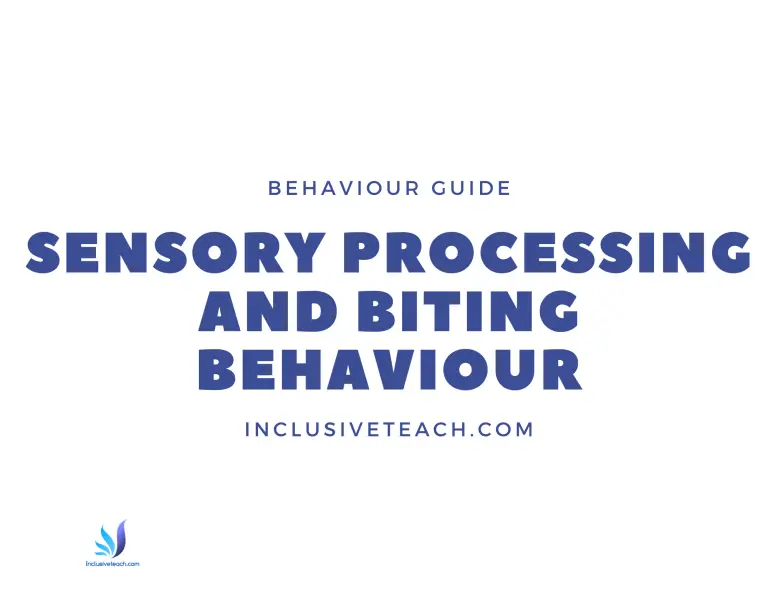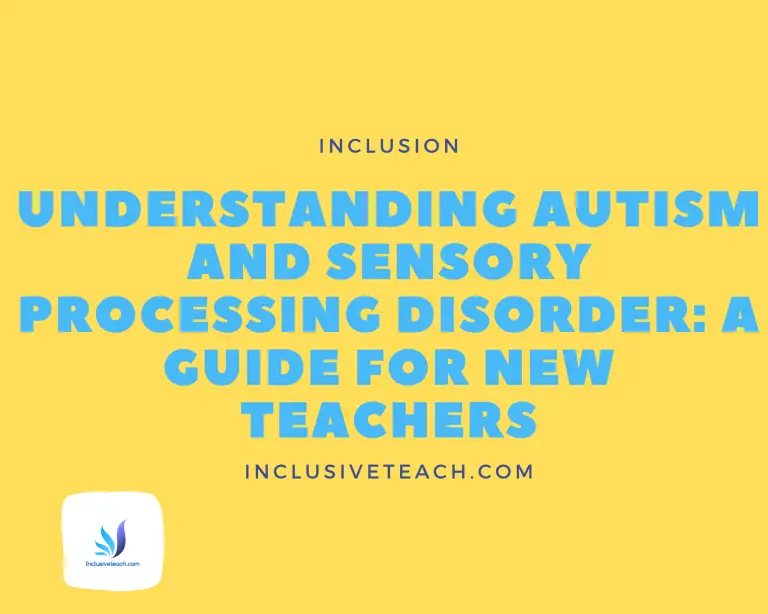Safeguarding Academic Integrity: A Comprehensive Guide to Mitigating Cyber Security Risks in Education
Combating Cyber Security Threats through Preventing Academic Misconduct

Cybersecurity threats refer to malicious attempts to access, damage, or disrupt digital systems and infrastructure. As our world becomes more interconnected through technology, preventing such threats is paramount. One important way to combat cybersecurity attacks is by promoting academic integrity. Plagiarism and other forms of academic misconduct can undermine the education of cybersecurity professionals, allowing vulnerabilities to develop. Using an AI plagiarism checker and other technologies to detect copied work paired with educational strategies that encourage ethics and integrity can help mitigate cyber risks.
The integrity of cybersecurity education impacts organizational, governmental, and personal digital security. By understanding different forms of academic misconduct and utilizing available tools and teaching methods to promote honesty, students can build the strong ethical foundation needed in this critical field.
The Intersection of Cybersecurity and Plagiarism
Plagiarism involves presenting someone else’s work or ideas as one’s own without proper attribution. The most common types of plagiarism encountered in academic settings include copying verbatim from texts without using quotation marks or appropriate citations, submitting work completed by someone else, and lightly paraphrasing sources without giving credit.
When students plagiarize in classes related to cybersecurity, information technology, and other digitally oriented fields, it can undermine their preparedness to address emerging threats. For example, a student may graduate with certifications in network defence without having mastered the critical material. It creates vulnerabilities that hackers can exploit, potentially enabling massive breaches.
Technological Tools for Detecting Plagiarism
Several software tools are available to assist instructors in detecting plagiarized material. These AI plagiarism checkers compare student writing against existing sources to uncover non-original content. They provide similarity reports highlighting copied passages and their origins. Some commonly used platforms include Turnitin, SafeAssign, Copyleaks, PlagScan, and Unicheck.
By running student assignments through these systems, instructors can identify potential academic integrity issues early on. Catching plagiarized submissions allows them to address this topic and reinforce the importance of proper research and citation methods. Addressing misconduct is key for ensuring students develop abilities to create innovative cyber solutions versus simply copying others’ outdated approaches.
Educational Strategies for Promoting Integrity
While detection technologies are valuable, emphasizing integrity from day one is equally important. Teachers can incorporate research ethics into regular class discussions and assignments. It communicates that cybersecurity involves creating new knowledge through properly conducted studies rather than repeating existing ideas.
Setting clear citation expectations and having students reflect on academic honesty policies before submitting work encourages mindful analysis of research practices. Varying writing prompts for each class also add a uniqueness that makes plagiarizing from external sources more difficult. For longer projects, scaffolding with outlines, topic proposals, frequent draft reviews, and reflections deters waiting until the last minute and then copying work without thinking.
Multilayered initiatives target academic misconduct while also developing the ethical foundations students need. Modelling citation best practices and discussing real-world consequences of plagiarism for cybersecurity sets them up for trustworthy, original work that advances the field’s capabilities.
Collaboration with Industry Partners
Engaging with industry partners can enhance efforts to prevent academic misconduct in cybersecurity education. Collaborations between academic institutions and cybersecurity companies can provide valuable insights into current industry practices and the skills required by professionals. By incorporating real-world case studies and projects into the curriculum, students gain practical experience while understanding the importance of originality in their work.
Industry partnerships also offer opportunities for internships and mentorship programs, where students can learn directly from experienced professionals about the ethical considerations and consequences of plagiarism in the cybersecurity field. Moreover, these partnerships can facilitate the development of cutting-edge plagiarism detection tools tailored to the specific needs of the industry, ensuring that students are well-prepared to meet industry standards upon graduation.
Continuous Evaluation and Improvement
As the cybersecurity landscape evolves, so must strategies for preventing academic misconduct. Institutions should regularly evaluate their policies and practices regarding plagiarism detection and academic integrity education to ensure they remain effective and relevant. It includes gathering feedback from faculty, students, and industry partners to identify areas for improvement and implement necessary changes.
Conclusion
Deterring plagiarism through plagiarism detection software and education is crucial for developing cybersecurity professionals prepared to address emerging digital threats. Together, utilizing text-matching tools and teaching research ethic skills closes knowledge gaps that leave openings for hackers.
Comprehensive academic integrity initiatives not only prevent misleading certifications but also build student capacity to conduct rigorous cyber analyses on their own. Threat detection and mitigation require understanding the constantly advancing technological landscape. By handling foundational coursework ethically, students ready themselves to ethically take on new challenges that security threats present. A multipronged approach is key for raising cyber leaders whose original ideas combat dangers through innovation rather than repetition. Prioritizing integrity is essential for tackling cyber risks plaguing our interconnected world.






